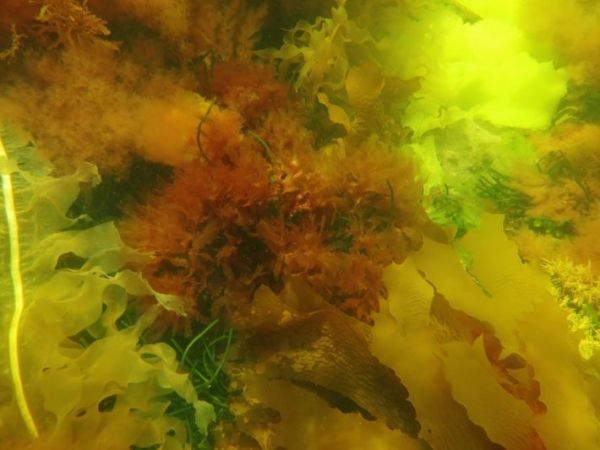CO2 in the atmosphere dissolves directly into seawater, lowering the pH and making it increasingly acidic. Kelp and other seaweeds are ecosystem engineers that shape their physical and chemical surroundings. They soak up CO2 during the day through photosynthesis and thereby temporarily increase the pH level of seawater.
Physiological ecologists from the Institute for Marine and Antarctic Studies at the University of Tasmania studied the most common and widespread kelp in the southern hemisphere, Ecklonia radiata, focusing on the chemical microenvironment that develops at the surface of their blades, called the diffusive boundary layer (DBL).
Using kelp blades from the Tinderbox Marine Reserve, a wave-sheltered area in the south of Tasmania, the team conducted laboratory experiments to measure the characteristics of the DBL under different light and water flow conditions.
Continue reading at British Ecological Society
Image via Institute for Marine and Antarctic Studies, University of Tasmania


